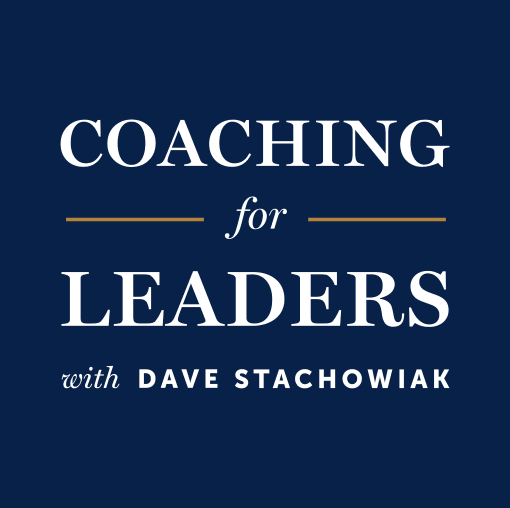Mort Sherman: Resonant Minds
Mort Sherman is the retired Senior Associate Executive Director of the American Association of School Administrators, known for his visionary leadership as a superintendent dedicated to elevating academic standards and promoting equitable education. Throughout his career, he championed initiatives that addressed achievement gaps and empowered communities to foster inclusive, impactful learning environments. He is the author, along with his daughter Sara Leila Sherman, of Resonant Minds: The Transformative Power of Music, One Note at a Time.
So many of us love music, and it’s often at the core of a lot of our personal lives, celebrations, and emotions. But we don’t often think about how we can leverage its power at work. In this conversation, Mort and I explore how music can help us set the tone for better leadership.
Key Points
- One way to nurture our teams and ourselves is a continual call for leaders, and music is an avenue we don’t often consider.
- Using music as mindful action, coupled with executive function skills, supports the habits of successful leadership.
- Start meetings with music or mindfulness exercises for collective focus, productive discussions, and creative outcomes.
- Create team playlists to build community. Combine playlists with meetings to help support trust and respect.
- Use music to reinforce a message or theme, tied to the needs of the moment.
Resources Mentioned
- Why Cooks Cook from The Bear
Interview Notes
Download my interview notes in PDF format (free membership required).
Related Episodes
- The Power of Leadership Through Hospitality, with Will Guidara (episode 688)
- How to Better Manage Your Emotions, with Ethan Kross (episode 719)
- What Leaders Should Learn from Taylor Swift, with Kevin Evers (episode 739)
Discover More
Activate your free membership for full access to the entire library of interviews since 2011, searchable by topic. To accelerate your learning, uncover more inside Coaching for Leaders Plus





